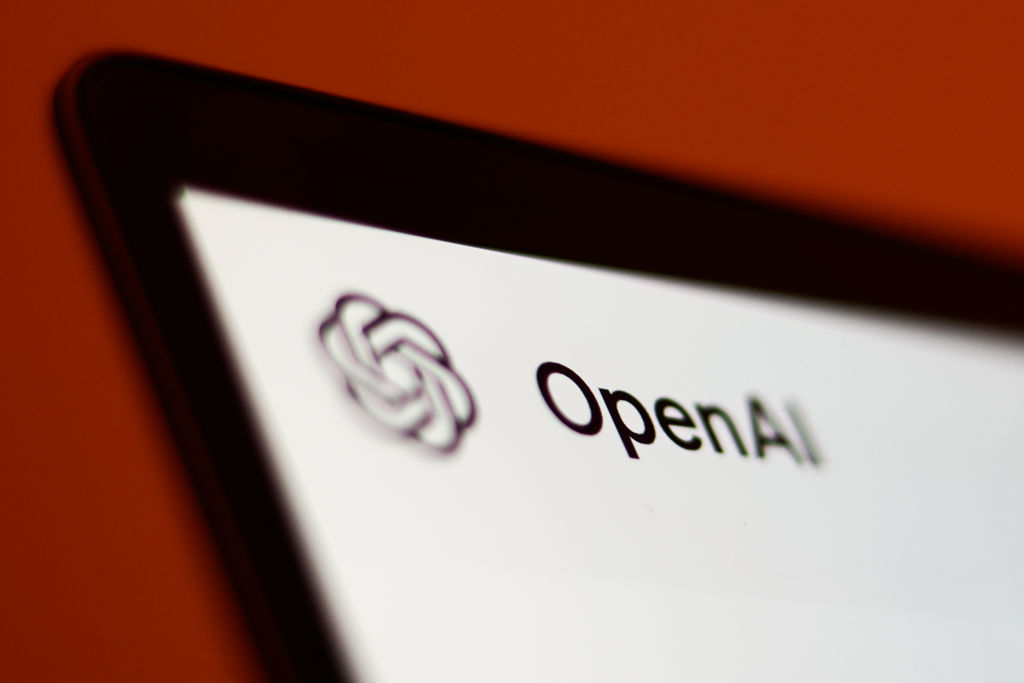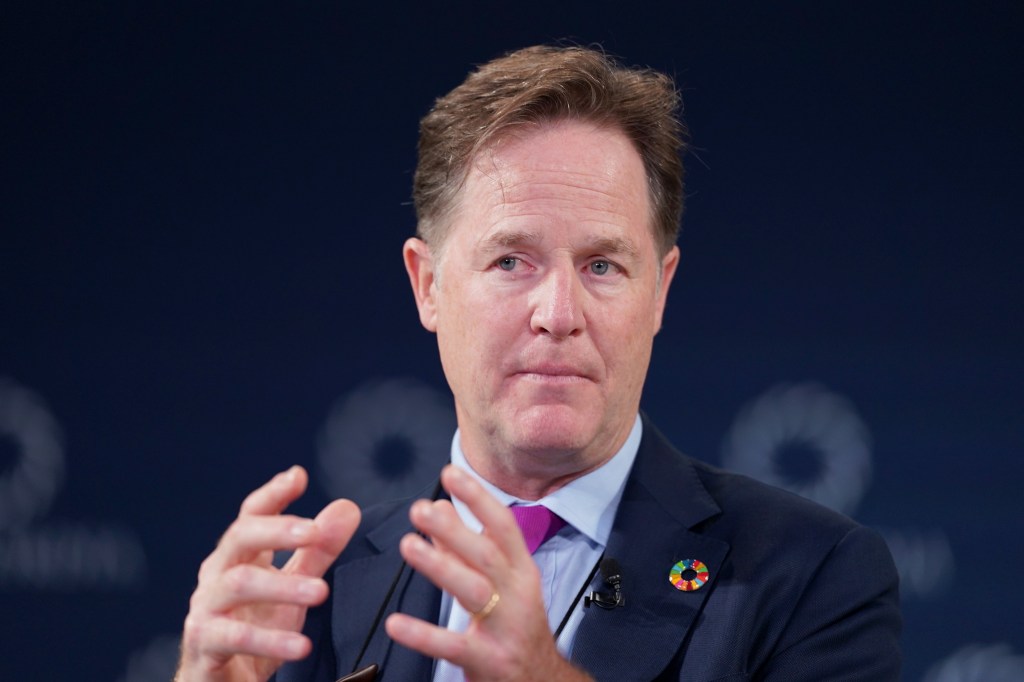OpenAI recently faced significant criticism from the artificial intelligence community following claims that its latest model, GPT-5, had solved multiple longstanding mathematical problems. The controversy began when Kevin Weil, OpenAI’s Vice President, announced in a now-deleted tweet that GPT-5 had found solutions to ten previously unsolved Erdős problems and made progress on eleven others. Erdős problems are renowned conjectures proposed by the mathematician Paul Erdős, many of which have remained unresolved for decades.
This announcement was met with skepticism and disapproval from prominent figures in the AI field. Yann LeCun, Meta’s Chief AI Scientist, remarked, Hoisted by their own GPTards, highlighting the backlash against OpenAI’s premature celebration. Similarly, Demis Hassabis, CEO of Google DeepMind, described the situation as embarrassing.
The core of the issue lies in the accuracy of OpenAI’s claims. Mathematician Thomas Bloom, who manages the Erdős Problems website, clarified that the problems listed as open on his site indicate his personal unawareness of any existing solutions, not that they are definitively unsolved. Bloom stated that GPT-5 had merely identified existing solutions in the literature that he was previously unaware of, rather than solving new problems.
Sebastien Bubeck, an OpenAI researcher who had also promoted GPT-5’s accomplishments, acknowledged that the model had only found solutions already present in existing literature. He noted, I know how hard it is to search the literature, suggesting that while the model’s ability to locate these solutions is noteworthy, it does not equate to solving previously unsolved problems.
This incident underscores the importance of precise communication in the AI research community. Overstating achievements can lead to misinformation and diminish the credibility of the organization. It also highlights the necessity for rigorous verification processes before making public claims about AI capabilities.
OpenAI’s experience serves as a cautionary tale for the broader AI community. As AI models become increasingly sophisticated, it is crucial to maintain transparency and accuracy in reporting their capabilities. This ensures that the public and the scientific community can trust the information presented and fosters a more informed and constructive dialogue about the advancements and limitations of artificial intelligence.



